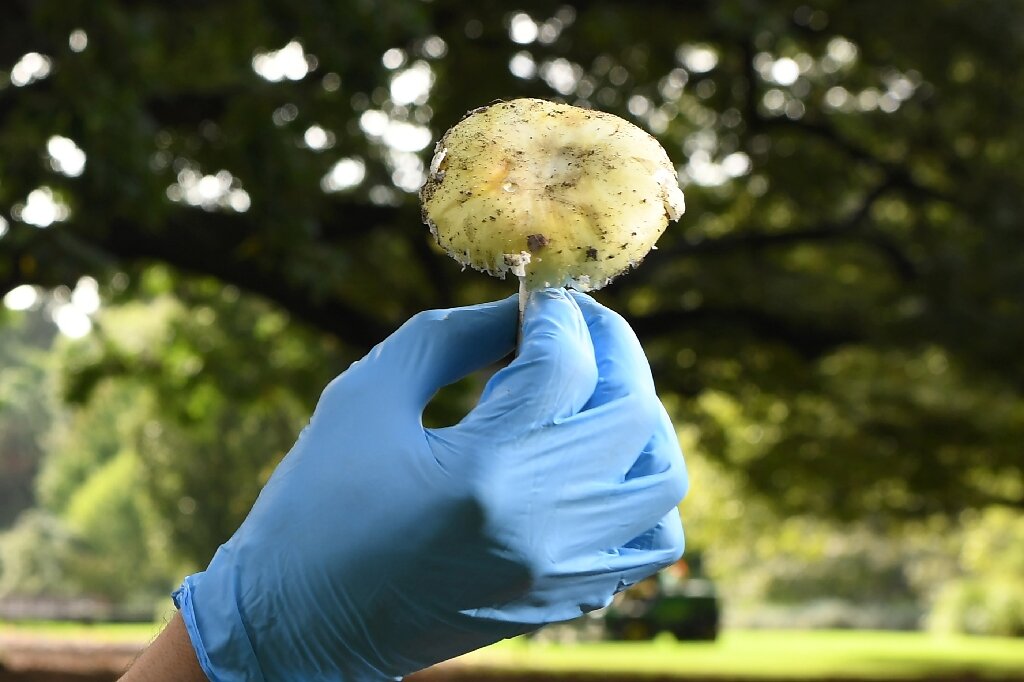Researchers have discovered that a medical dye currently in use reduces the toxic effects of death cap mushrooms in mice. While it has yet to be tested on humans, the dye has already been approved by the US Food and Drug Administration (US FDA) for other purposes. The discovery of the dye offers hope of a possible antidote for the world’s deadliest mushroom.
The Study
The China-led research team used genome-wide CRISPR screening to target alpha-amanitin, the primary toxin produced by death cap mushrooms. The screening identified the protein STT3B as the key culprit in the toxic effects of death cap poisoning. The team searched through a database of drugs that had already been approved by the US FDA and identified a fluorescent dye called indocyanine green that could potentially block the protein. Indocyanine green has been widely used for diagnostic imaging in the US, Europe, and other parts of the world for decades.
The researchers first tested the antidote on liver cells in a petri dish and then on mice. In both cases, the dye “demonstrated significant potential in mitigating the toxic impact” of mushroom poisoning. Qiaoping Wang, a researcher at China’s Sun Yat-sen University and the senior author of the study, said that the discovery of the dye’s potential was “unexpected.”
Death caps are estimated to cause over 90% of all deaths from mushroom poisoning worldwide. Eating just half of one of these mushrooms can cause deadly failure of the liver or kidneys. While originally native to Europe, death caps have spread across the world, causing over 38,000 illnesses and almost 800 deaths in China alone between 2010 and 2020.
An extract from milk thistle seeds called silibinin has previously been used to treat death cap mushroom poisoning, but how it works has remained unclear. The discovery of indocyanine green as a possible antidote offers the potential for the first-ever targeted protein antidote for this deadly mushroom. The researchers are now planning to conduct trials on humans to test the efficacy of the dye as a death cap antidote. If it proves to be successful, it could save many lives around the world.



Leave a Reply